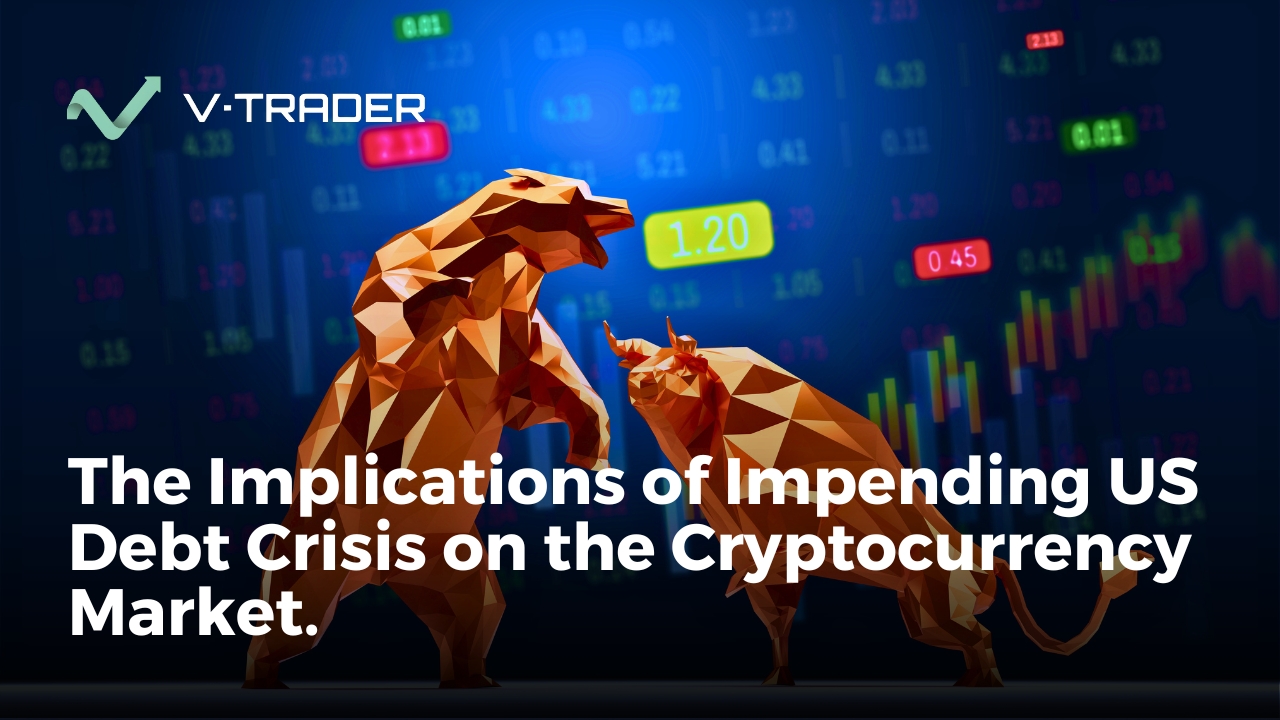Grayscale Bitcoin Trust (GBTC) continues to assert its dominance in the Bitcoin ETF market landscape, even as competition intensifies in 2025. Despite significant outflows and the emergence of competitors, GBTC’s financial prowess is unmatched, generating $268.5 million in annual revenue—an amount that outstrips the combined revenue of all other spot Bitcoin ETFs in the United States. This paradoxical success story, marked by both capital flight and revenue supremacy, presents a fascinating narrative within the cryptocurrency investment sphere.
Grayscale’s High-Fee Strategy
The secret behind GBTC’s enduring revenue leadership lies in its high expense ratio of 1.5%, a stark contrast to the 0.25% fee charged by BlackRock’s iShares Bitcoin Trust (IBIT) and other competitors like Bitwise and Franklin Templeton. This fee structure, while hefty, capitalizes on GBTC’s substantial asset base of $17.9 billion, translating into annual revenue that eclipses its peers. As Nate Geraci, president of the ETF Store, observed, “GBTC still making more [money] than all of the other ETFs combined… And it’s not even close.”
Yet, GBTC’s fee strategy is a double-edged sword. Prior to its conversion to an ETF, GBTC’s 2% fee was justified by its unique status as the sole regulated vehicle for Bitcoin exposure. Post-conversion, this high fee has driven some investors towards cheaper alternatives. Bryan Armour, director of passive strategies research for Morningstar, anticipates continued outflows as investors seek lower-cost options.
In a bid to retain its investor base, Grayscale launched the Bitcoin Mini Trust in March 2025, featuring a more competitive 0.15% fee. Although the Mini Trust has attracted $168.9 million in inflows, its revenue potential remains a fraction of GBTC’s, highlighting the enduring impact of the latter’s high-fee model.
Legacy, Loyalty, and Tax Frictions
Beyond fees, GBTC’s storied legacy and investor loyalty are pivotal to its revenue dominance. Since its inception in 2013, Grayscale has navigated regulatory hurdles to establish itself as a pioneer in Bitcoin investment. Its victory against the SEC in August 2023, which mandated the approval of spot Bitcoin ETFs, cemented its status as an industry leader.
This legacy resonates with a loyal investor base, many of whom entered GBTC at favorable NAV discounts during its private placement phase. The trust’s historical performance and regulatory pedigree continue to attract institutional and accredited investors who value its custodianship, provided by Coinbase Custody.
Tax considerations also play a crucial role in tethering investors to GBTC. Many early adopters, who purchased shares when Bitcoin was valued at a mere $800, now face substantial unrealized capital gains. Selling these shares to switch to a lower-fee ETF could trigger significant tax liabilities, discouraging redemptions. For those holding GBTC in tax-advantaged accounts, the ability to defer or avoid taxes altogether makes GBTC an attractive option.
Psychological factors further amplify these barriers. The reluctance to realize taxable gains and a sense of loyalty to Grayscale deter investors from abandoning a vehicle that has withstood Bitcoin’s volatility. Although the closure of the NAV discount led to outflows as arbitrageurs exited, core holders remain steadfast, buoyed by trust in Grayscale’s custodianship and the simplicity it offers.
The Road Ahead
As the $100-billion spot Bitcoin ETF market evolves, questions loom over GBTC’s ability to maintain its revenue crown. While competitors like IBIT and FBTC lure new capital with lower fees and greater liquidity, GBTC retains a niche among investors who view it as a battle-tested titan. Former Grayscale CEO Michael Sonnenshein’s assertion that outflows are reaching “equilibrium” hints at a stabilizing core, with tax frictions and legacy fortifying retention.
In a market driven by innovation, GBTC’s history, coupled with tax barriers and investor faith, serves as its shield. Yet, as competition intensifies and new entrants vie for market share, the future of GBTC’s dominance remains an open question. Will its legacy and high-fee strategy continue to weather the storm, or will newer, more agile competitors eventually claim the throne? The answer lies in the intricate dance of market dynamics, investor psychology, and the unyielding resolve of a titan that refuses to yield.
Source
This article is based on: Why Grayscale’s Bitcoin Trust still dominates ETF revenue in 2025

Steve Gregory is a lawyer in the United States who specializes in licensing for cryptocurrency companies and products. Steve began his career as an attorney in 2015 but made the switch to working in cryptocurrency full time shortly after joining the original team at Gemini Trust Company, an early cryptocurrency exchange based in New York City. Steve then joined CEX.io and was able to launch their regulated US-based cryptocurrency. Steve then went on to become the CEO at currency.com when he ran for four years and was able to lead currency.com to being fully acquired in 2025.

